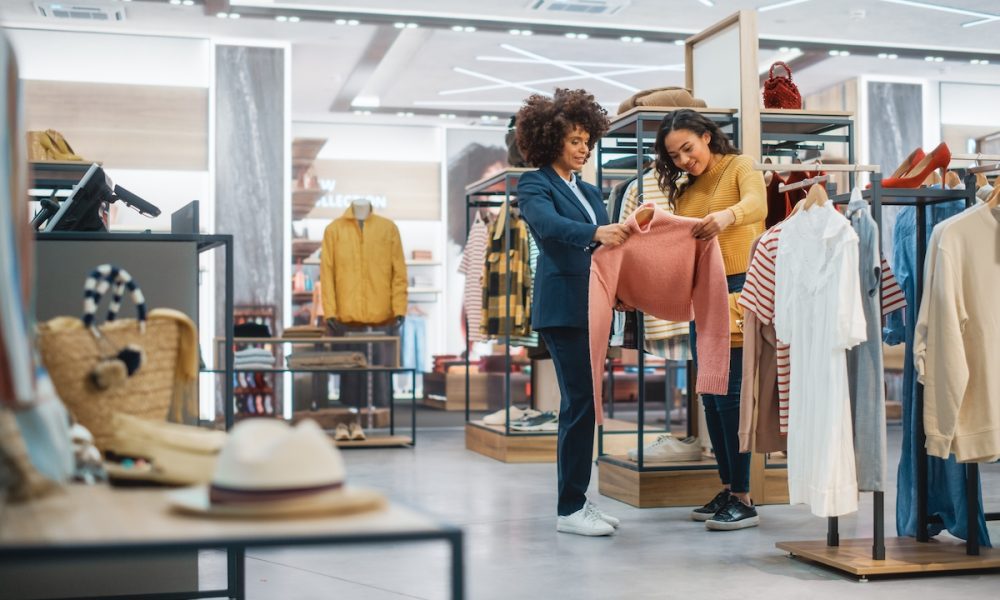The retail world is undergoing a significant transformation, and experiential retail is at the heart of this change. Gone are the days when brick-and-mortar stores served solely as places to complete transactions.
Now, consumers are seeking memorable, engaging experiences that go beyond browsing shelves. For retailers, shifting to an experiential model offers exciting opportunities to captivate customers, foster lasting emotional connections, and boost loyalty.
Here’s how experiential retail is redefining the shopping experience and reshaping consumer expectations.
1. Creating Immersive In-Store Experiences
Experiential retail shifts focus from simply selling products to creating an environment where consumers feel engaged and entertained. Retailers are now crafting immersive, sensory-rich experiences that make shopping more enjoyable and memorable.
You can consider flagship stores designed as destinations in themselves. For instance, Nike’s House of Innovation stores incorporate fitness trials, personalization zones, and interactive product displays. By encouraging customers to engage directly with the brand, these stores do more than sell sneakers; they forge a powerful brand connection.
2. Blending Online and Offline Shopping
The lines between e-commerce and physical retail are blurring, and experiential retail thrives in this hybrid space. By integrating digital elements into physical stores, retailers create cohesive, omnichannel experiences.
For example, retailers may offer virtual try-on mirrors, AR-powered product previews, or interactive kiosks that allow customers to check online reviews while in-store. These digital touchpoints bridge the gap between browsing online and in-store purchases, giving customers a seamless shopping experience.
3. Fostering Emotional Connections
Shopping is no longer just about acquiring products, it’s about how those products make people feel. Experiential retail taps into this psychological aspect by fostering emotional connections and appealing to customer values.
Pop-up shops, brand collaborations, and community-focused events are great ways to bring this idea to life. For example, skincare brand Glossier creates pop-up shops that feel like interactive playgrounds, allowing customers to try products while engaging in Instagram-worthy moments. These experiences resonate with customers on a personal level and build lasting brand affinity.
When consumers feel emotionally connected, they’re far more likely to establish loyalty and become advocates for your brand.
4. Driving Customer Loyalty
One of the biggest benefits of experiential retail is its ability to cultivate loyalty. By making shopping more engaging and personalized, retailers create memorable interactions that customers associate with the brand.
This approach turns first-time shoppers into repeat customers, especially when paired with loyalty programs. For instance, some retailers use app-based platforms to reward customers for participating in events or completing in-store challenges. This gamification element makes the shopping experience enjoyable while encouraging customers to return frequently.

5. Using Technology to Enhance Engagement
Technology plays a critical role in experiential retail, offering tools that captivate and engage customers. AR, VR, and AI-powered assistants are particularly effective in providing unique, tailored experiences.
For example, luxury furniture retailer Houzz uses AR to help customers visualize how products will look in their homes. Similarly, Sephora’s Virtual Artist app allows shoppers to experiment with makeup looks before making a purchase. These tech-forward interactions build confidence in buying decisions while leaving a lasting impression on customers.
Conclusion
Experiential retail is transforming the way we shop by focusing on creating emotional, exciting, and tech-savvy engagements that go far beyond traditional transactions. By crafting immersive experiences, blending online and offline shopping, building emotional connections, driving loyalty, and using innovative technology, retail professionals can keep pace with evolving consumer expectations.

